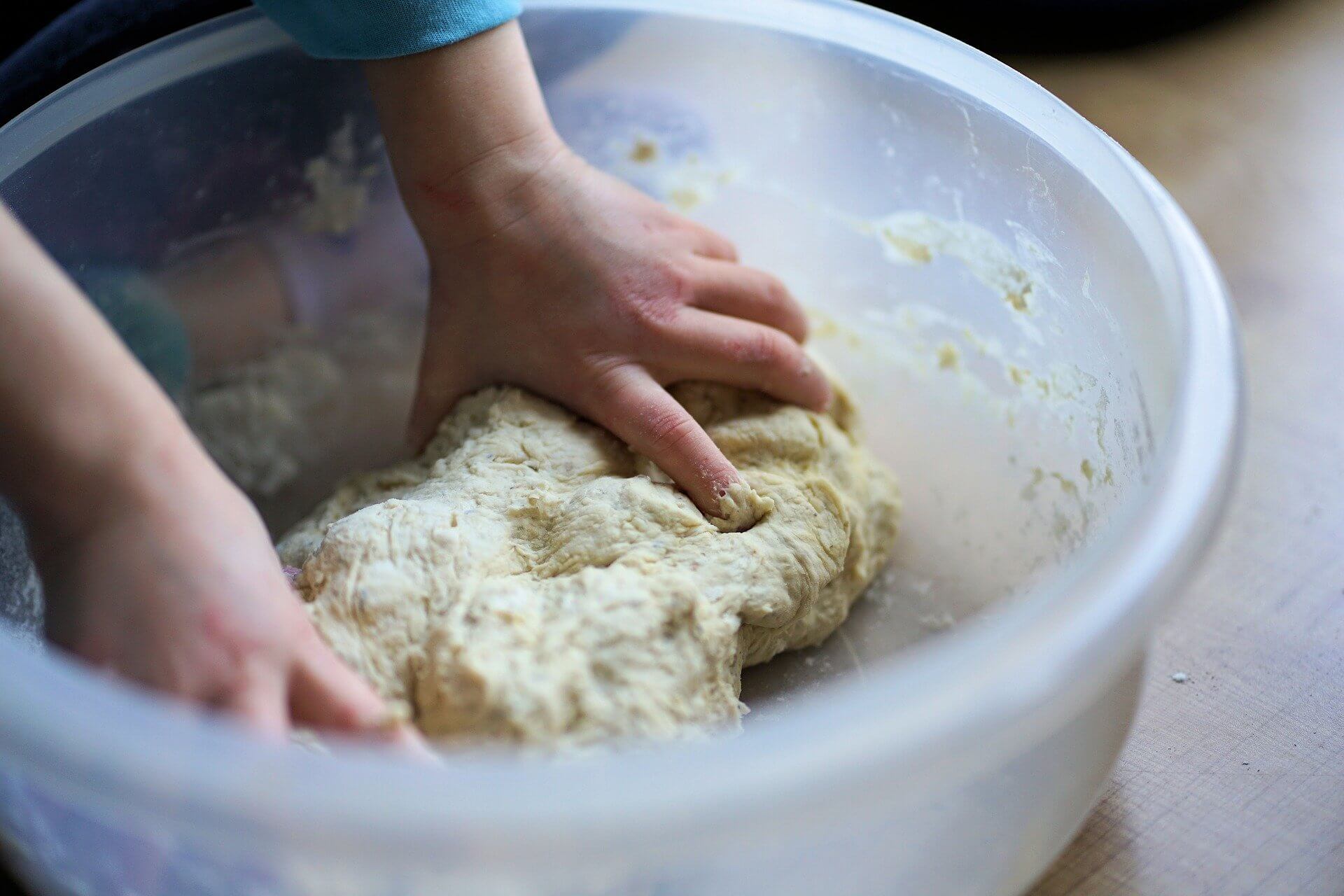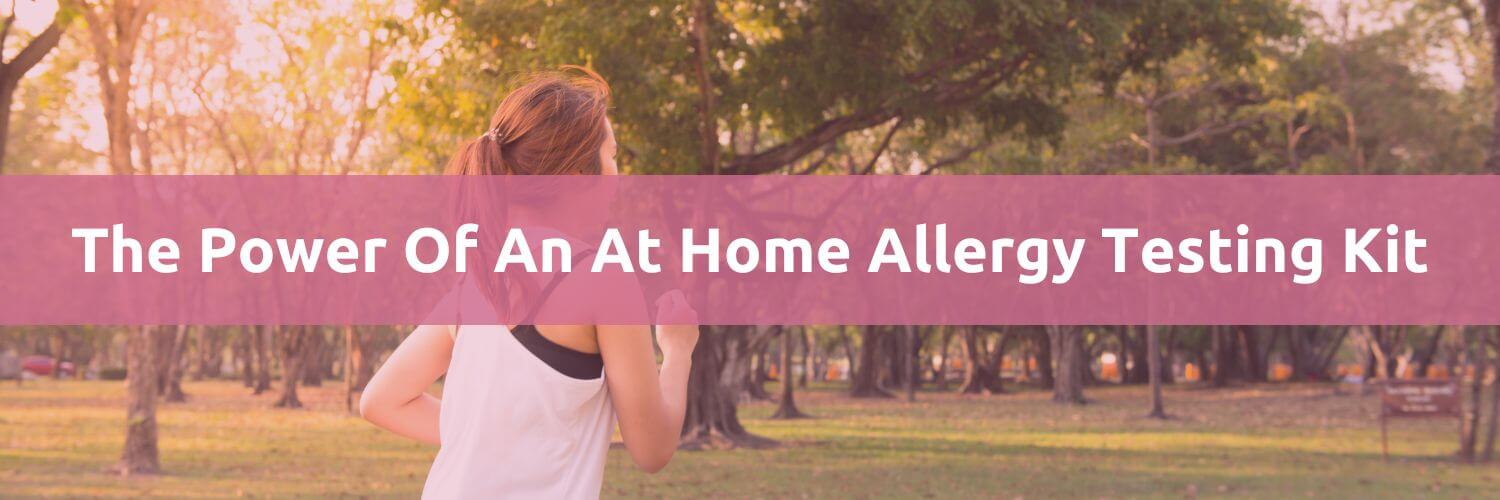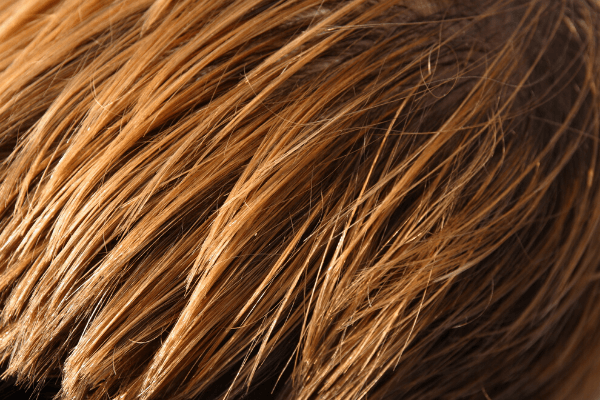Overview of yeast allergy
In the late 70s and early 80s, two American doctors floated the idea that allergy to Candida albicans was responsible for several symptoms. The symptoms identified by the physicians included:
- Psoriasis and hives
- Depression and anxiety

- Diarrhea, constipation, and abdominal bloating
- Menstrual problems
- Infertility and impotence
- Unexpected weight gain
- Ear and respiratory problems
The doctors, named William G. Crook and C. Orian Truss said that almost all symptoms could be traced to Candida albicans. According to their study, 1 out of 3 Americans was allergic to yeast. A full yeast supplement industry was birthed due to the “yeast allergy” problem.
But yeast wasn’t the real problem, was it? The science behind the yeast allergy theory was somewhat bogus. Medical and State boards started issuing fines to doctors involved in the promotion and treatment of candida allergy. Their licenses were also placed on probation.
But does that mean that a person cannot be allergic to yeast? No! Yeast allergy is real, but maybe not as common as these doctors thought it was.
Are yeast allergies common?
A report by the American College of Allergy, Asthma, and Immunology says that over 50 million Americans suffer from some form of allergy.
Sources of a yeast allergy include:
- Cereals
- Baked goods and bread such as biscuits, muffins, cinnamon rolls, and croissants.
- Alcohol, like wine, beer, and ciders
- Stock cubes, gravies, and premade stocks
- Mushrooms
- Olives and aged meats
 Dried fruits
Dried fruits- Fermented foods like sauerkraut and ripe cheeses
- Foods that contain vinegar, like salad dressing or pickles
- Grapes, blackberries, blueberries, and strawberries
- Synthetic cream, yogurt, and buttermilk
- Tofu
- Tamarind, miso, and soy sauce.
- Citric acid
Whenever someone reacts negatively to yeast, they must determine whether they’ve got a yeast buildup, a yeast allergy, or a yeast intolerance.
Yeast allergy can affect the whole body, resulting in mood changes, skin reactions, and body pain. Allergies are dangerous and can subject the body to long-term damage. During an allergic reaction, your body responds to a foreign substance that is not harmful to the body.
Symptoms of yeast allergy
The symptoms vary from person to person. But in most cases, they share the following symptoms:
- Breathing difficulties
- Abdominal swelling
- Joint pain
- Dizziness
It is usually thought that an allergy to yeast causes the red, blotchy skin that shows up after alcohol consumption by some people. The rash isn’t an allergy per se, but an allergy-like reaction caused by the sulfur dioxide in alcoholic drinks. This sulfur dioxide activates reactions to other substances that are present within it, like wheat proteins. In some cases, tannins and histamine release will cause rashes to manifest as well. Yeast allergies typically don’t cause any rash.
Risk factors
Anyone can be allergic to yeast. However, the risk is higher in some individuals.
One of the most prevalent risk factors is a weakened or compromised immune system. People who have diabetes mellitus are also at risk.
The risk for yeast allergy is also high in people who have a family history of the condition. If you have some form of food allergy, then chances are that you will also be allergic to yeast or any other substance.
Test for yeast sensitivities
As well as a yeast allergy, it is possible to live with a more mild condtion; yeast sensitivity. You can test for yeast sensitivity with one of our tests. This will help you avoid symptoms including eczema, headaches and even depression.





